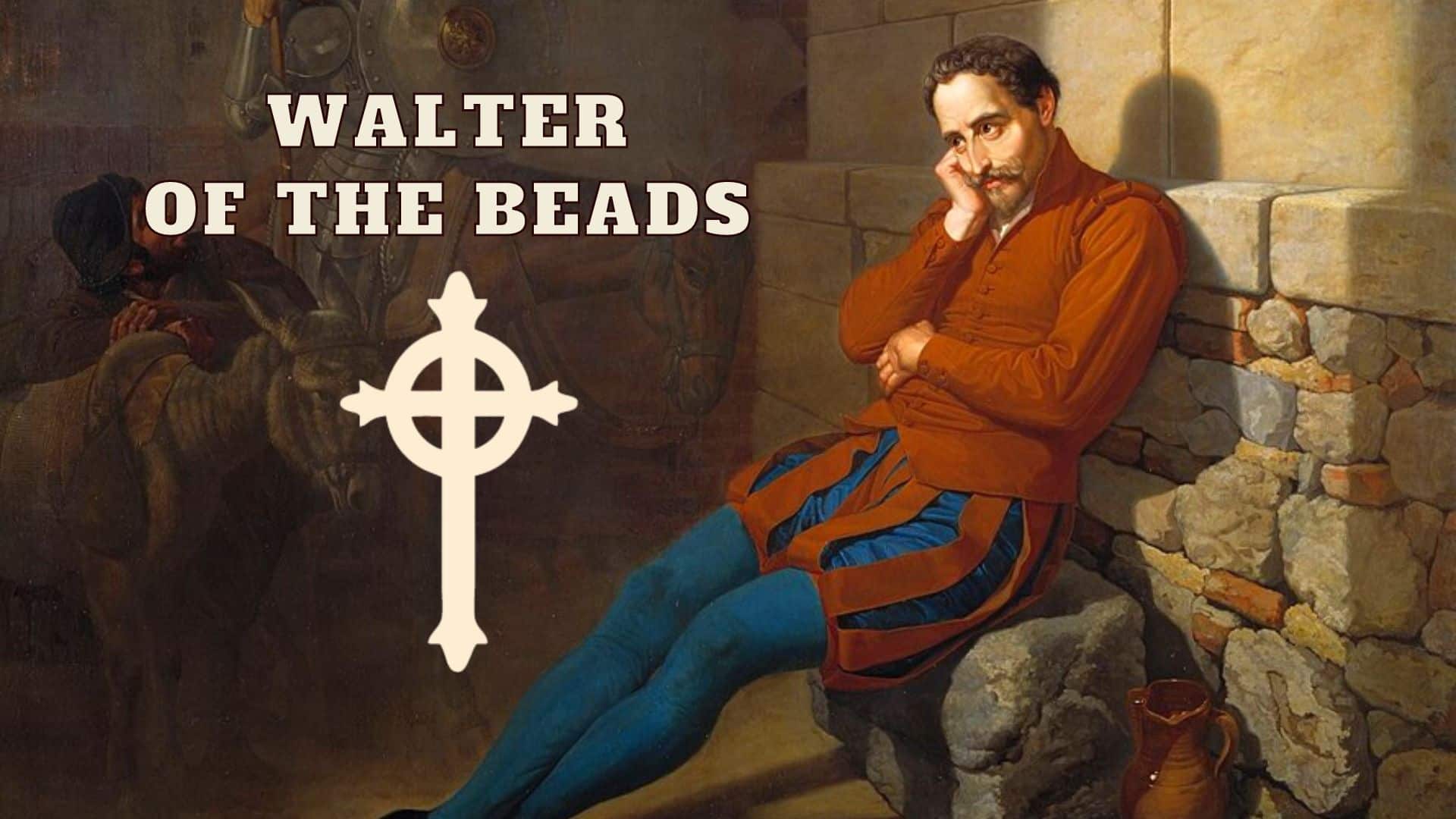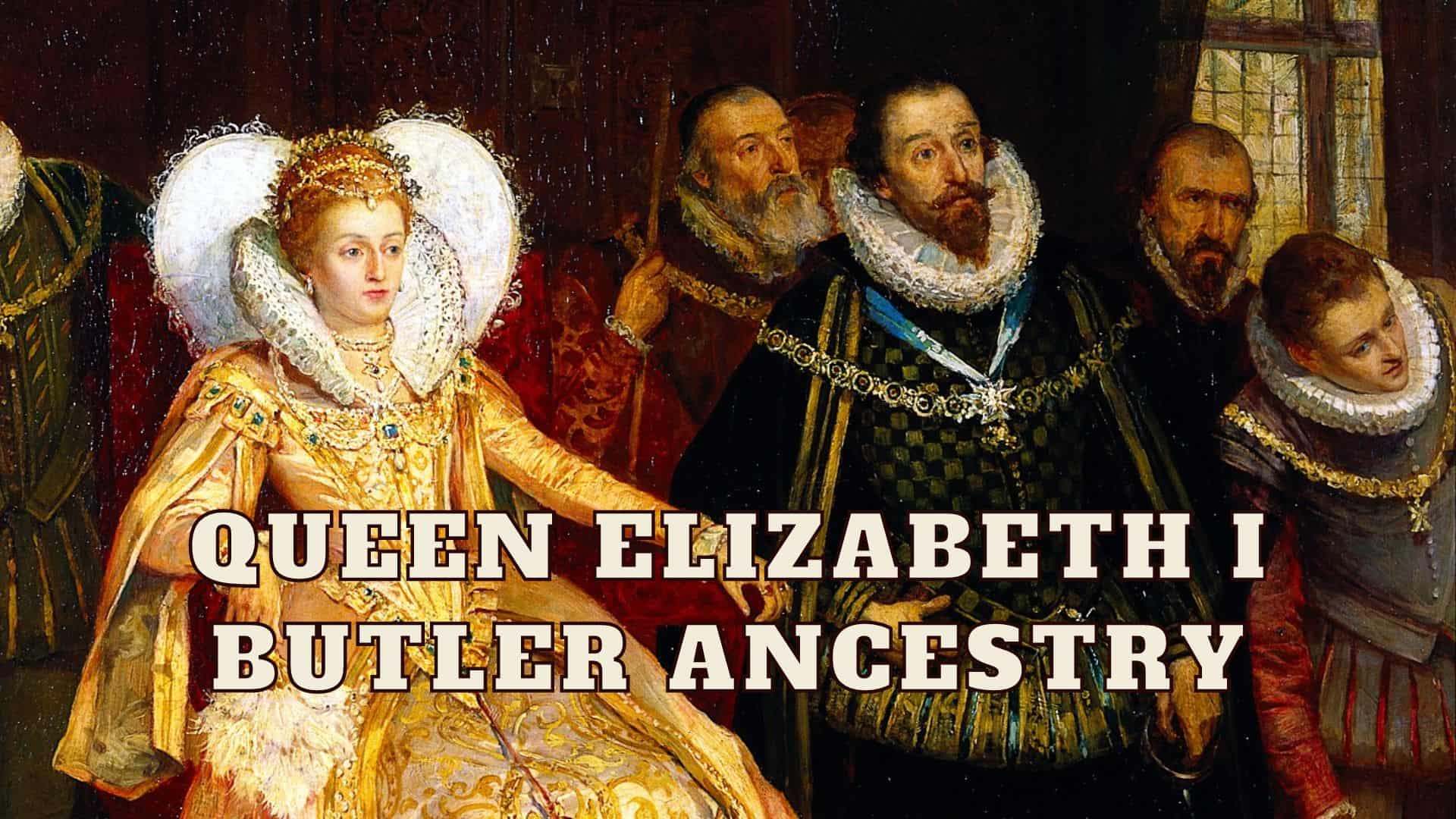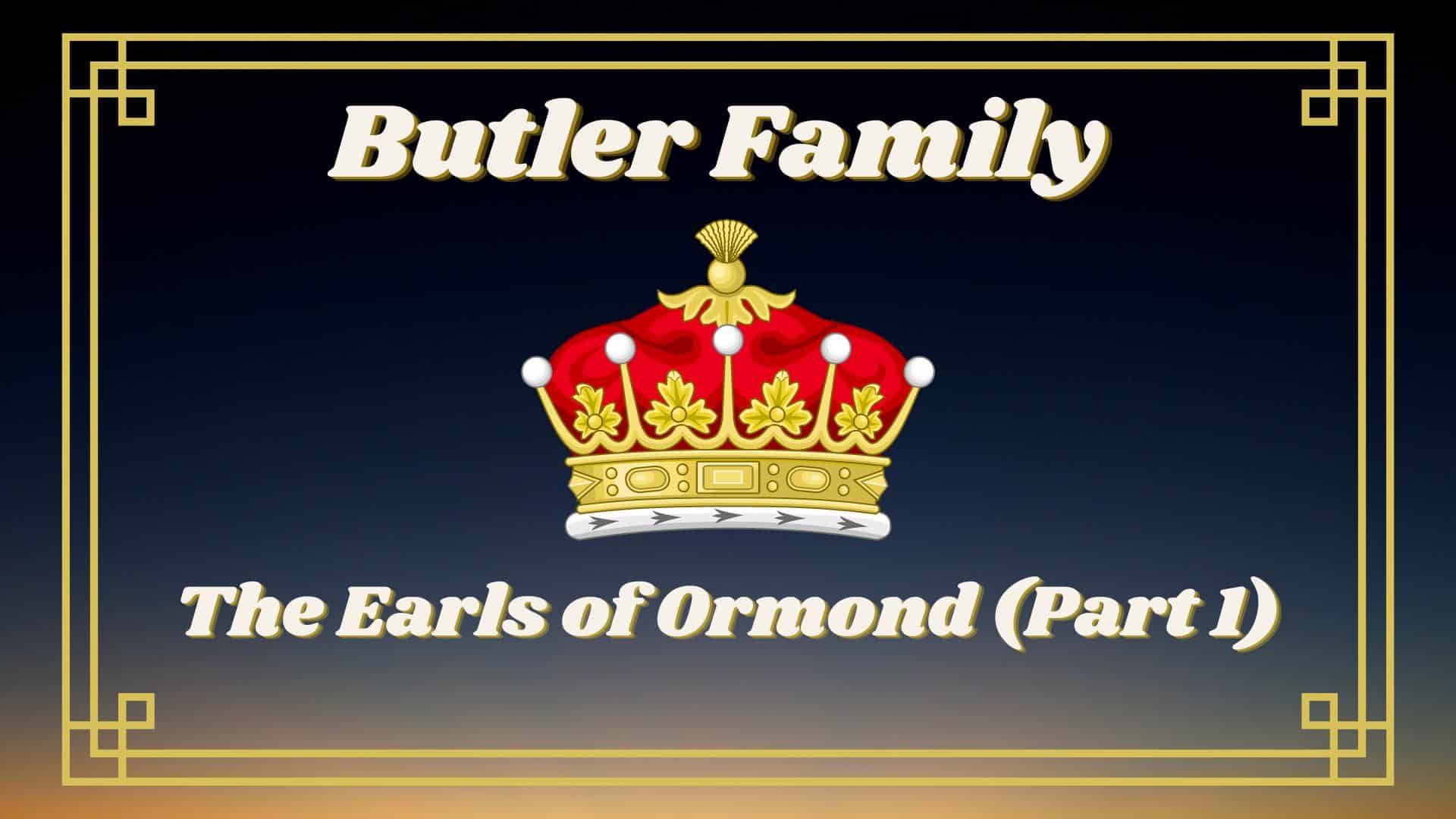A Revolutionary War Hero that Refused to Cut His Hair
“It is stated that his well-known attachment to his hair, which he had wore both as an ornament and for health until it had grew gray in the service of his country were such, that nothing but death itself could seperate them from him…”
Andrew Jackson to Thomas Jefferson August 7, 1803
A Hero of the American Revolution
Thomas Butler (1748-1805), a member of The Fighting Butler family, was the son of Thomas Butler (1720-abt.1789), a gunsmith from County Wicklow in Ireland and a descendant of the Barons of Dunboyne. He received his education in law under Judge James Wilson, who later became a signer of the Declaration of Independence. When the American Revolution broke out, he joined the army and was commissioned first lieutenant in the Second Pennsylvania Battalion.
After joining the Third Pennsylvania Regiment as a captain on October 4, 1776, Thomas Butler went on to fight in several significant battles. At the Battle of Brandywine, General George Washington praised him for his bravery in rallying retreating troops. General Anthony Wayne thanked him for “defending a defile (a route where troops can only march in a narrow line) in the face of a severe fire from the enemy” at the Battle of Monmouth.
By 1791, Thomas was a major and commanded a battalion under General Arthur St. Clair. During the Battle of Miami in Ohio Territory, he was twice wounded, but he kept his horse and led a charge despite having his leg broken by a musket ball. His brother, General Richard Butler, was killed in that battle.
After the war, Thomas was ordered to the South to protect Indian treaty lands from settlers who were trying to take them. His efforts earned him a promotion to the rank of colonel on April 1, 1802. It was during this time that he and his younger brother Edward became friends with future U.S. president Andrew Jackson.
Court-Martialed for Refusing to Cut His Hair
Thomas sported a fashionable queue (hair pulled back tightly into a single tail and tied down with a ribbon), which was a popular trend among men at the time. Unfortunately, some of Thomas’ fellow officers were not fans of his hairstyle, accusing him of being vain and unprofessional.
In 1801, General James Wilkinson issued an order banning the queue as an acceptable military hairstyle. Thomas applied for and received an exemption from the order, which was later revoked because the exemption was believed to be bad for morale.
Things reached a head two years later when Thomas faced a court martial for refusing to cut his hair and for disobeying another order to assume command at Fort Adams in the Mississippi Territory. The trial in Frederick, Maryland in November and December of 1803 cleared Thomas of the charge of refusing to assume command at Fort Adams due to an unavoidable delay but found him guilty of not cutting his hair. Despite the verdict, he decided to keep his hair long and intact. His close friend Andrew Jackson supported this choice.
Following a second court-martial for his continued refusal to cut his hair in July 1805, Thomas was found guilty of insubordination and mutinous conduct, resulting in a year-long suspension from command without pay and emoluments. He passed away from yellow fever before the sentence could be carried out, still proudly sporting his queue.
In his will, Thomas included specific instructions for his burial: “Bore a hole through the bottom of my coffin, right under my head, and let my queue hang through it, that the damned old rascal will see that, even when dead, I refuse to obey his orders.” His instructions were carried out, and he was buried in the Ormond Plantation Cemetery in St. Charles Parish, Louisiana.
Thomas Butler Family
Thomas married Sarah Jane Semple (1764-1797) when he returned from the Revolutionary War, and they initially settled on a farm outside of Carlisle, Pennsylvania. Their children included:
- Thomas Butler (1785-1847): Represented Louisiana in the U.S. House of Representatives from 1818 to 1821.
- Robert Butler (1786-1860): Served briefly as the acting governor of East Florida after Florida was ceded to the United States by Spain.
- Lydia Butler Hays (1789-1865): Married Stokely Donelson Hays, a nephew of Andrew Jackson’s wife.
- William Edward Butler (1790-1882): Medical doctor who graduated from the University of Pennsylvania. Married (Patsy) Martha Thompson Hays, a niece of Andrew Jackson’s wife.

Butlers in Congress: Since the First Continental Congress in 1774, 26 people with the Butler surname have served in the United States Congress. Collectively, they have represented 18 states and served 113 terms.
Recommended Reading:
- Hickey, Donald R. “The United States Army versus Long Hair: The Trials of Colonel Thomas Butler, 1801-1805.” The Pennsylvania Magazine of History and Biography, vol. 101, no. 4, 1977, pp. 462–74.
- “Founders Online: ”To Thomas Jefferson From Andrew Jackson, 7 August 1803.”
- “Capt. Thomas Butler – PA Society of the Cincinnati.” PA Society of the Cincinnati.
- Historical Register of Officers of the Continental Army during the War of the Revolution. Francis B. Heitman. 1914. pg. 138.













